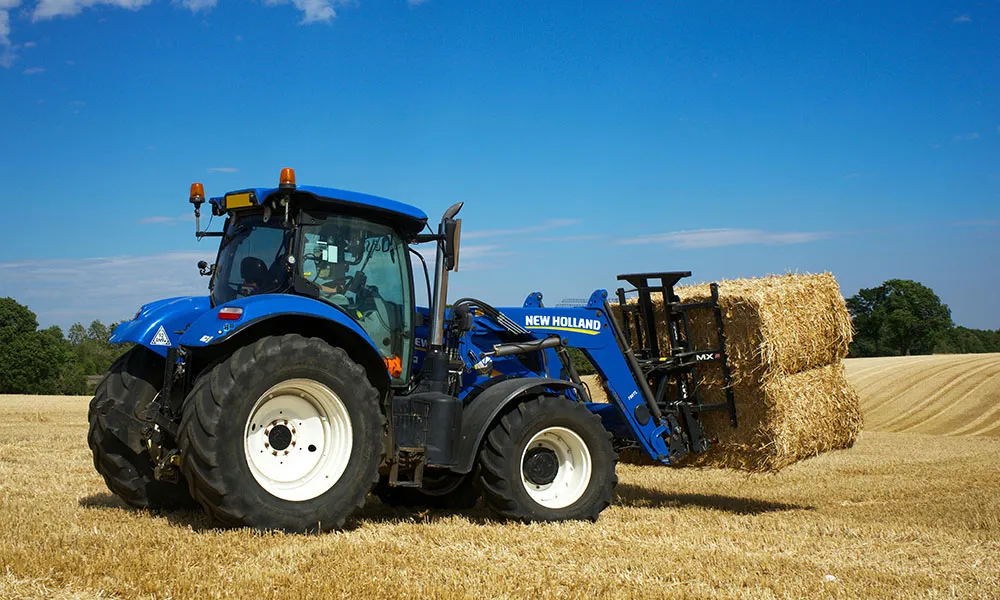
Exhausting weeks ahead
For hill farmers and those of us farming marginal ground, April is the height of lambing season. Over the weeks ahead, we can expect a lot of sleepless nights, usually culminating in extreme exhaustion by the end of the month.
Deciding when to intervene in a ewe’s labour is arguably one of the biggest dilemmas we are likely to face over the days and weeks ahead. Ideally, the ewe should deliver the lamb on her own without any assistance from the farmer. Unfortunately, as we all know too well, we don’t live in an ideal world. There will often be complications during the birth that require careful assistance on the farmer’s part.
When to intervene?
It is essential that ewes are seen at least every few hours during the lambing season.
If the lamb is presenting normally, its forefeet will be visible first. These will be followed by the mouth/nose. The ewe should be able to deliver the lamb on her own within 45 minutes. If it is taking longer than this, or if there are other signs of irregularity, you may need to intervene quickly.
What are the signs of a complication?
Signs of a complication in the labour may include any of the following:
- The head appears without the feet
- The tail or only one leg appears
- The water bag is protruding from the ewe, but no further progress has been observed after 30-45 minutes
- The labour has gone on for a long time (over 45 minutes) with little or no sign of progress
All of the above would indicate either that the lamb is positioned incorrectly or, in some cases, that there is a more serious problem (such as a dead lamb). In any case, where these signs are observed intervention will be required.
How to intervene?
Having decided that an intervention is necessary, you should first ensure that you have all the equipment you will need to deliver the lamb. A pair of arm length gloves, which will help to prevent the introduction of infection, should be worn before handling the ewe. A safe lubricant should also be applied before you handle the animal.
In addition to this, you may wish to confine the ewe or have an assistant hold her in position while you handle her. Remember that this is a difficult and traumatic experience for the animal, so be as gentle as possible.
Pulling the lamb
Feel around inside the ewe very carefully, bearing in mind that newborn lambs are very delicate. You need to identify the number of lambs you are dealing with before positioning them for delivery. If the lamb is coming headfirst, you should always try to position it so its forelegs and head are forward (towards the vagina). It is often a good idea to push the lamb a little further back in the uterus before gently attempting to reposition the legs or head into the normal position.
If the lamb is coming backwards (i.e. with head towards the ewe’s head but hind legs pointed towards the vagina), you should attempt to deliver in this position. Do not try to turn the lamb, as this will only cause further complications. These lambs need to be delivered quickly, as there is an increased risk of damage to the umbilical cord.
If the lamb is in a breach position, it is positioned backwards but with its back legs pointed towards the ewe’s head. In this case, you should gently reposition the hind legs so they are pointed towards the ewe’s vagina. You may then deliver as a “backwards” birth (i.e. hind legs first).
Lambing ropes
Lambing ropes are a very helpful tool, as long as they are used carefully. To apply them correctly, make a loop in the end of the rope and place just above the metacarpal bone (just over the fetlock). Always be wary of applying to much pressure on the rope, as you don’t want to damage the lamb’s legs. Once the lamb has been delivered, remove the ropes immediately.
You may wish to give a penicillin injection to the ewe immediately after the lamb is delivered, to reduce the risk of potential infection.











